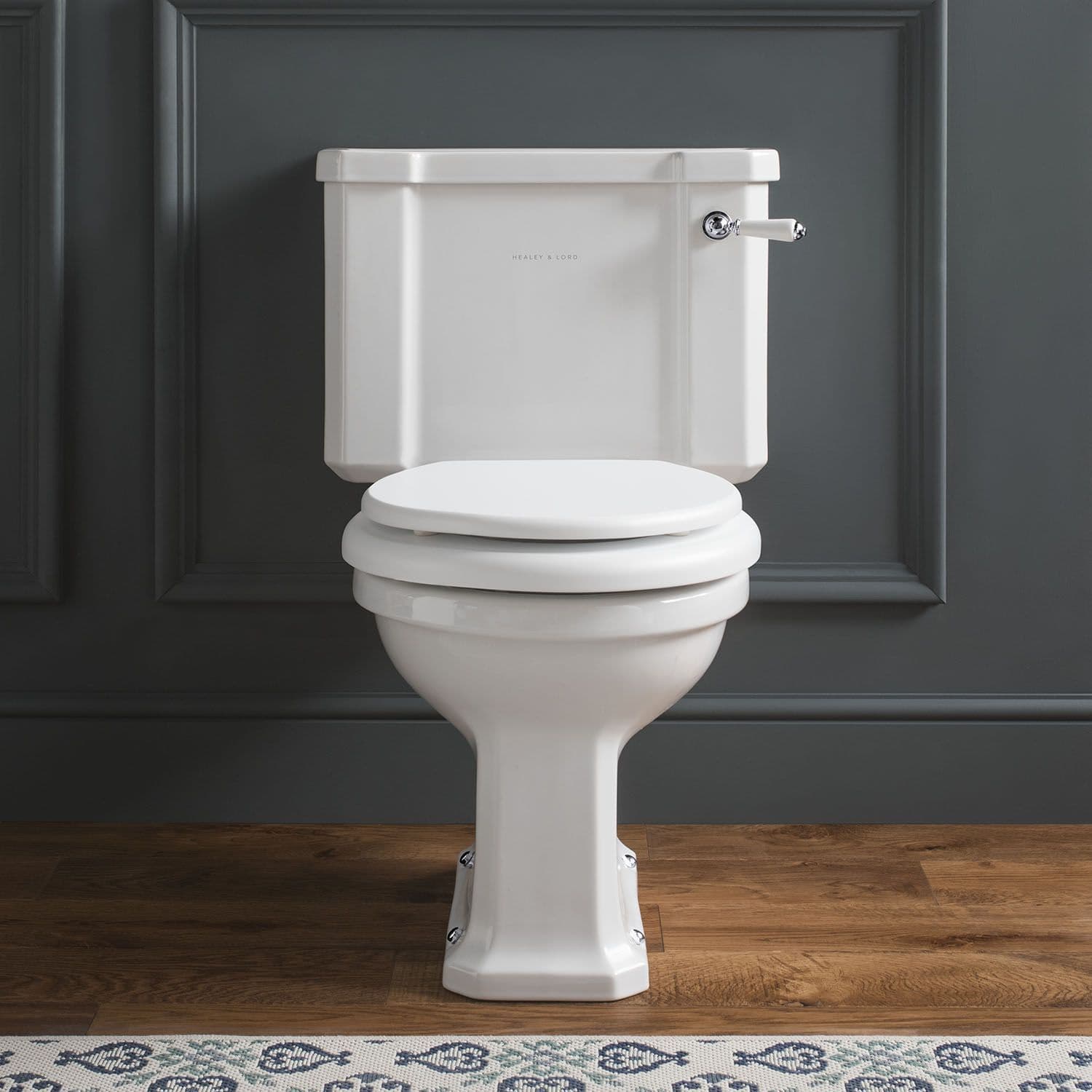A clogged toilet can be an embarrassing and inconvenient situation, especially when flushing leaves behind unpleasant remnants. However, dealing with a toilet that doesn’t flush properly doesn’t have to be a daunting task. In this comprehensive guide, we’ll explore various steps and methods to address the issue when you flush the toilet but the poop stays. From simple DIY solutions to more advanced techniques, we’ve got you covered.
First, Assess the Situation
Before diving into solutions, it’s crucial to assess the severity of the problem. Determine if the toilet bowl is draining slowly, partially flushing, or if the water level is rising. Understanding the specific issue will guide your troubleshooting efforts.
Safety First
Before attempting any fixes, turn off the water supply to the toilet. This can usually be done by turning the valve located behind or beneath the toilet clockwise. This precautionary step prevents accidental flushing and minimizes potential messes.
Plunge It
A plunger is often the first line of defense against a clogged toilet. Ensure you have a proper seal around the drain opening, and then push and pull the plunger vigorously. The suction created can dislodge the blockage and allow the toilet to flush properly. If necessary, repeat the process multiple times.
Use a Toilet Auger
If plunging doesn’t yield results, a toilet auger can be the next tool to try. Insert the auger into the drain, crank the handle, and maneuver the cable to break up or retrieve the obstruction. Exercise caution to avoid scratching the porcelain.
Hot Water and Dish Soap
Pouring a mixture of hot water and dish soap into the toilet bowl may help break down the clog. Let it sit for a few minutes, and then attempt to flush again. The soap can lubricate the pipes, making it easier for the blockage to move.
Baking Soda and Vinegar
This classic household combination can work wonders for unclogging toilets. Pour one cup of baking soda followed by one cup of vinegar into the bowl. Allow the mixture to sit for at least 10 minutes before flushing. The chemical reaction can help break down the clog.
Enzyme-Based Cleaners
Enzyme-based toilet bowl cleaners can be effective in breaking down organic matter causing the clog. Follow the product instructions, and give it some time to work its magic before attempting to flush again.
DIY Drain Snake
If you don’t have a toilet auger, you can fashion a DIY drain snake using a wire coat hanger. Straighten the hanger, leaving a small hook at one end. Insert the wire carefully into the drain and maneuver it to break up or retrieve the clog.
Chemical Drain Cleaners
While effective, chemical drain cleaners should be used with caution due to their harsh nature. Follow the product instructions precisely, wear protective gear, and ensure proper ventilation. Avoid combining different cleaners, as this can lead to dangerous reactions.
Professional Assistance
If all else fails, it may be time to call in professional help. A plumber can use specialized tools and expertise to diagnose and address more complex plumbing issues. While this is usually the costliest option, it’s often the most reliable for persistent or severe clogs.
Preventive Measures
Once you’ve successfully unclogged the toilet, take preventive measures to avoid future incidents. Consider the following tips:
- Use Toilet-Friendly Paper: Use toilet paper that is septic-safe and breaks down easily to minimize the risk of clogs.
- Educate Household Members: Ensure everyone in your household is aware of what should and shouldn’t be flushed. Remind them not to flush items like wipes, sanitary products, or excessive amounts of toilet paper.
- Regular Maintenance: Schedule periodic plumbing check-ups to catch and address potential issues before they become major problems.
- Invest in a High-Efficiency Toilet: Upgrading to a high-efficiency toilet can reduce the likelihood of clogs and improve overall flushing performance.
A toilet that doesn’t flush properly can be a common and frustrating issue, but with the right approach, it’s a problem that can be resolved. Whether you opt for the DIY methods, household remedies, or professional assistance, taking prompt action is key to preventing further inconvenience. By following this comprehensive guide, you’ll be well-equipped to tackle the challenge and keep your bathroom plumbing in top shape. Remember to exercise caution, prioritize safety, and, if needed, don’t hesitate to seek professional help for persistent or complex clogs.

